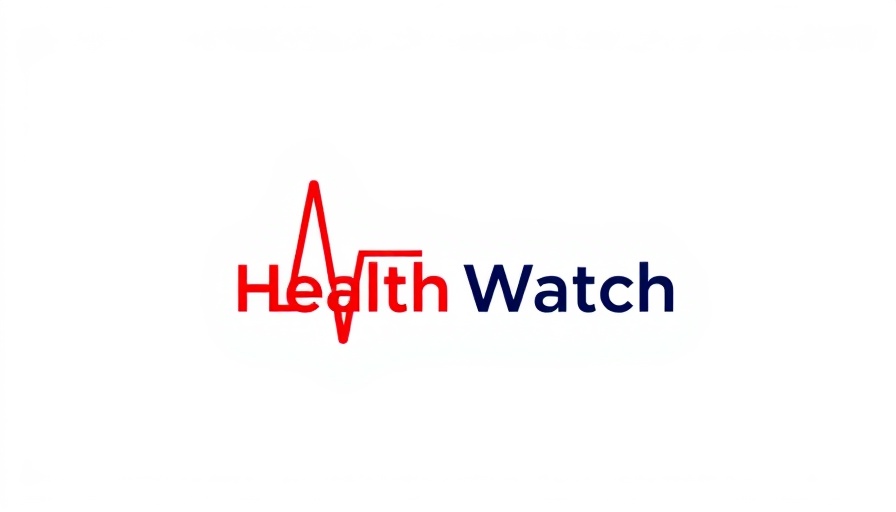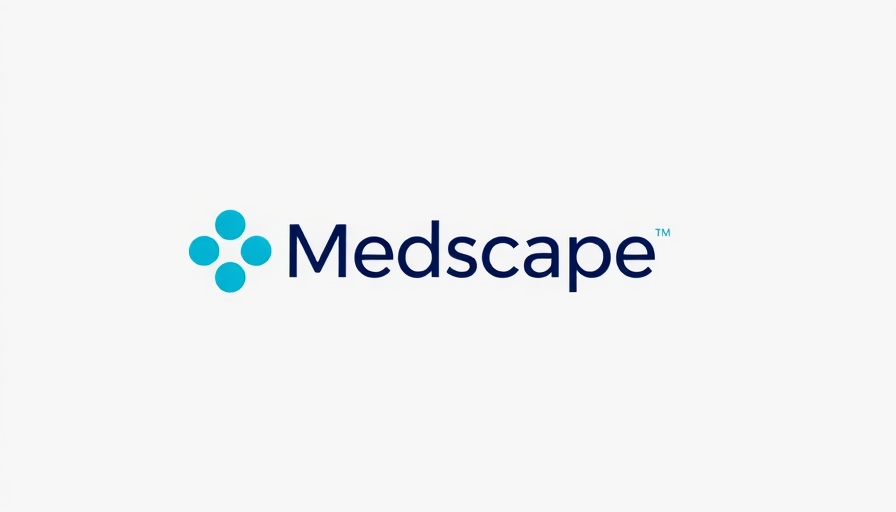
Alarming Rise in Blindness Rates: What You Need to Know
Recent studies have revealed a worrying trend: the rates of blindness are on the rise, with health experts sounding the alarm. According to a report from Vision Monday, factors such as an aging population and lack of access to quality healthcare are significant contributors to this alarming increase. With over 1.2 million adults aged 40 and above suffering from blindness in the U.S. alone, it's clear that effective intervention is desperately needed to curb these numbers.
The Impact of Aging Population on Eye Health
As the population ages, the prevalence of eye diseases that can lead to blindness, like macular degeneration and cataracts, grows significantly. The U.S. Census Bureau projects that by 2030, there will be more than 73 million Americans aged 65 and older, a significant jump from the current demographic. This shift underscores the urgent need for robust eye health initiatives to prevent avoidable blindness in older adults.
Access to Care: A Crucial Concern
Equally critical to this discussion is the issue of access to care. Many individuals, particularly in rural or low-income areas, face significant barriers to accessing regular eye exams and treatment. A recent study emphasized that nearly 15 percent of adults aged 45 to 64 have not had a comprehensive eye exam in the past two years. This lack of preventative care leads to delayed diagnoses and increased complications that could have been prevented with regular eye check-ups.
Current Events: Rising Need for Public Awareness
With more attention focusing on eye health, public awareness campaigns are becoming increasingly vital. Experts link the recent surge in blindness to a broader misunderstanding of eye diseases and their preventable nature. There is an urgent need for educational initiatives that explain the importance of vision screening, especially for older populations — a demographic particularly vulnerable to eye diseases.
Future Trends: What Lies Ahead?
If the current trajectory continues, eye health professionals predict a future where millions might lose vision unnecessarily. However, there is hope. Medical advancements such as improved treatments for eye diseases and increasing telehealth options are encouraging signs. For those unable to travel for appointments, telemedicine offers a practical solution, providing consultations and follow-up care from the comfort of their homes.
Strategies for Prevention and Awareness
The good news is that many of the leading causes of blindness can be managed or treated effectively when caught early. Experts recommend regular eye exams, healthy lifestyles, and awareness of the symptoms of various eye conditions as essential strategies for maintaining eye health. Community outreach programs play a vital role in providing information and resources for individuals, especially in underserved communities.
Getting Involved: The Role of Advocacy
Healthcare advocacy groups are beginning to mobilize around the issue of preventable blindness, pushing for increased funding for research and better access to eye care. Individuals can also contribute by supporting local and national campaigns aimed at improving eye health education. By raising awareness, we can collectively shift the narrative around blindness, making it a priority within healthcare initiatives.
Understanding the increasing rates of blindness is critical for individuals and communities alike. We must acknowledge the trends, learn how to safeguard our eye health, and advocate for change. Every eye counts, and our vision is worth protecting.
 Add Row
Add Row  Add
Add 




Write A Comment